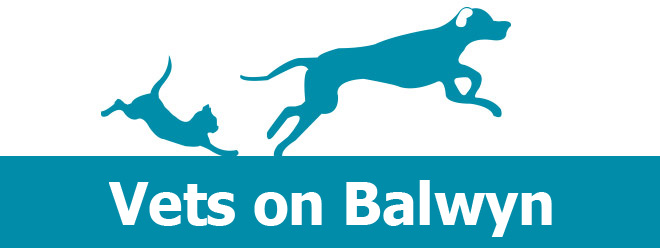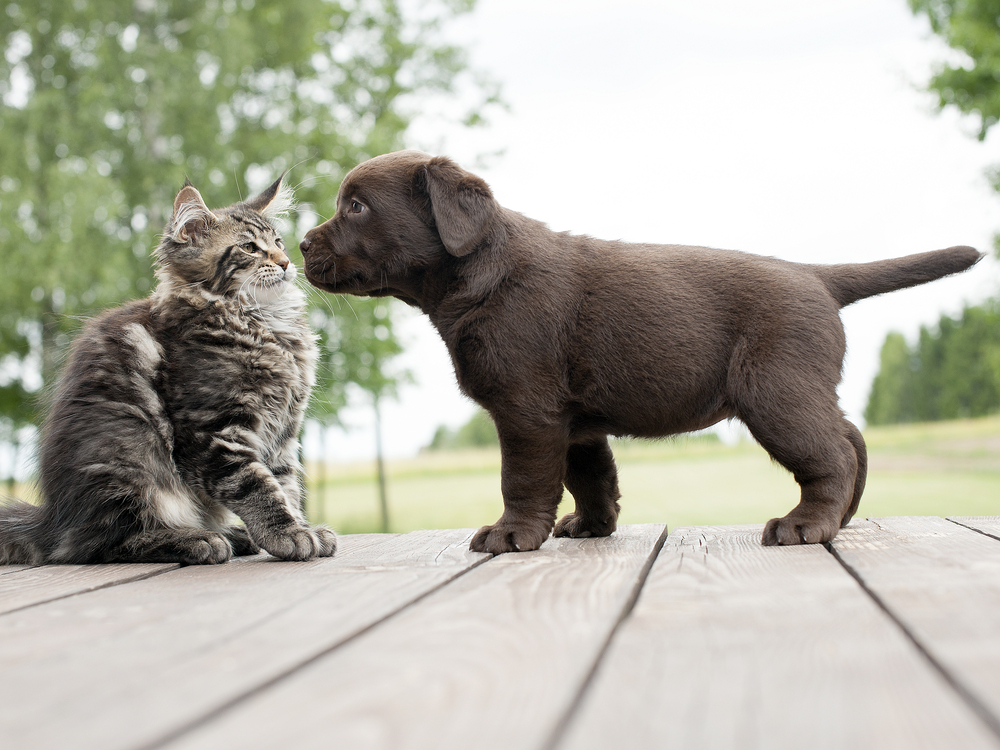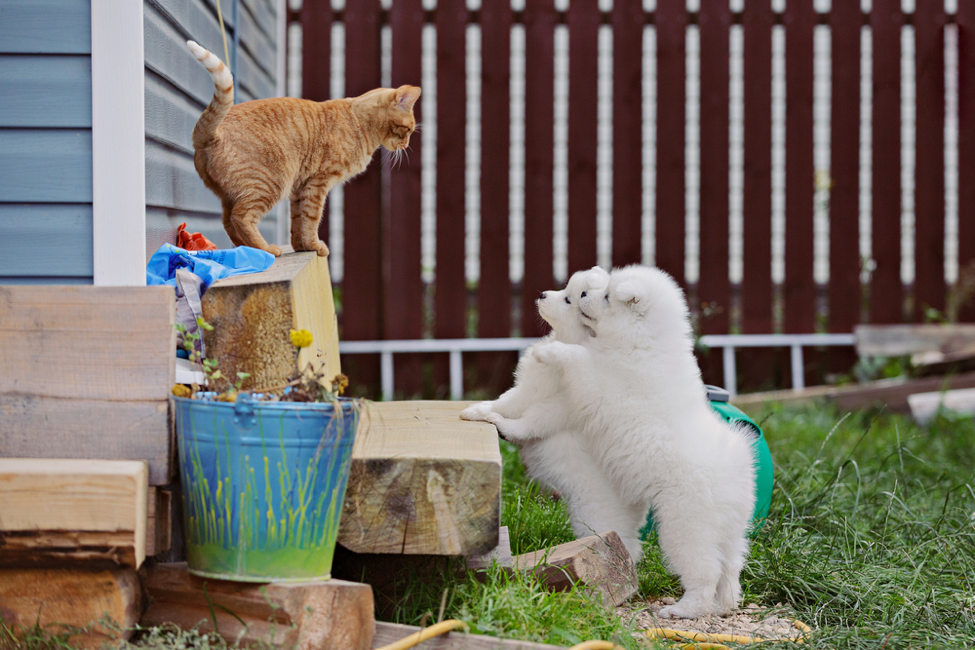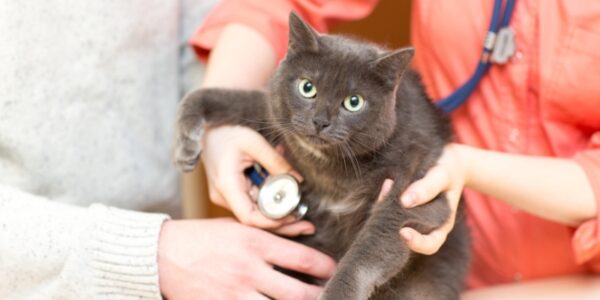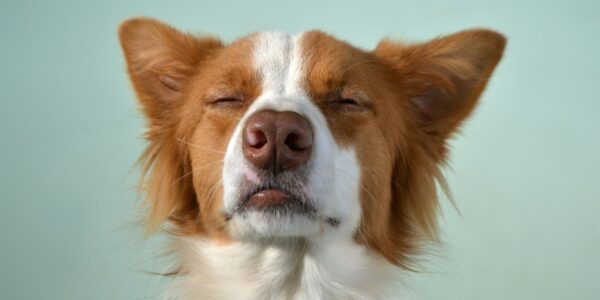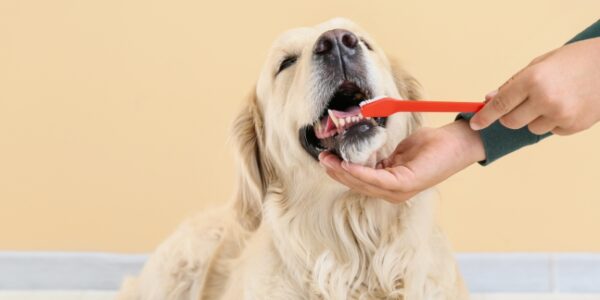We’ve all heard the phrase, “First impressions are everything.” But did you know that this age-old adage applies to the animal kingdom, too? Many people ask our vet in East Kew how they should go about introducin...
Read More
Category: Behaviour
-

-
 The age-old battle between the animal kingdom’s greatest ‘enemies’ has been exaggerated in pop culture but has never actually been scientifically proven . Nonetheless, introducing a new puppy to your household if...
The age-old battle between the animal kingdom’s greatest ‘enemies’ has been exaggerated in pop culture but has never actually been scientifically proven . Nonetheless, introducing a new puppy to your household if...
Read More
